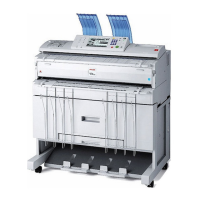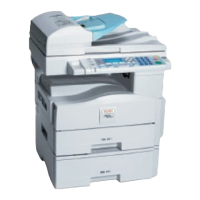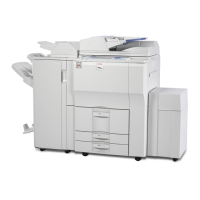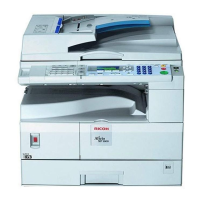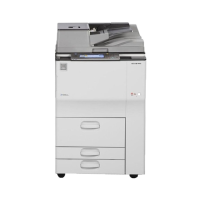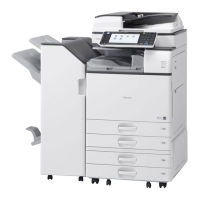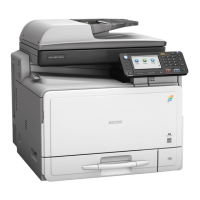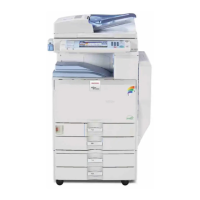Glossary
Administrator
There are four types of administrators according to administrative function: machine administrator,
network administrator, file administrator, and user administrator. We recommend a different person
for each administrator role.
In this
way, you can spread the workload and limit unauthorized operation by a single administrator.
Basically, administrators make machine settings and manage the machine; but they cannot perform
normal operations, such as copying and printing.
Supervisor
The supervisor can reset an administrator's password. This is required if an administrator's password
is lost or revealed, or if an administrator is changed.
The supervisor can neither perform normal operations nor specify default settings.
User
A user performs normal operations on the machine, such as copying and printing.
File Creator (Owner)
This is a user who can store files in the machine and authorize other users to view, edit, or delete those
files.
Registered User
Users with personal information registered in the Address Book who have a login password and user
name.
Administrator Authentication
Administrators are authenticated by their login user name and login password, supplied by the
administrator, when specifying the machine's settings or accessing the machine over the network.
User Authentication
Users are authenticated by a login user name and login password, supplied by the user, when
specifying the machine's settings or accessing the machine over the network.
The user's login user name and password, as well as such personal information items as e-mail
address, are stored in the machine's address book. The personal information can be obtained from
the Windows domain controller (Windows authentication), LDAP Server (LDAP authentication), or
Integration Server (Integration Server authentication) connected to the machine via the network. The
"Integration Server" is the computer on which Authentication Manager is installed.
Login
This action is required for administrator authentication and user authentication. Enter your login user
name and login password on the machine's control panel. A login user name and login password
may also be required when accessing the machine over the network or using such utilities as Web
Image Monitor.
1. Getting Started
16

